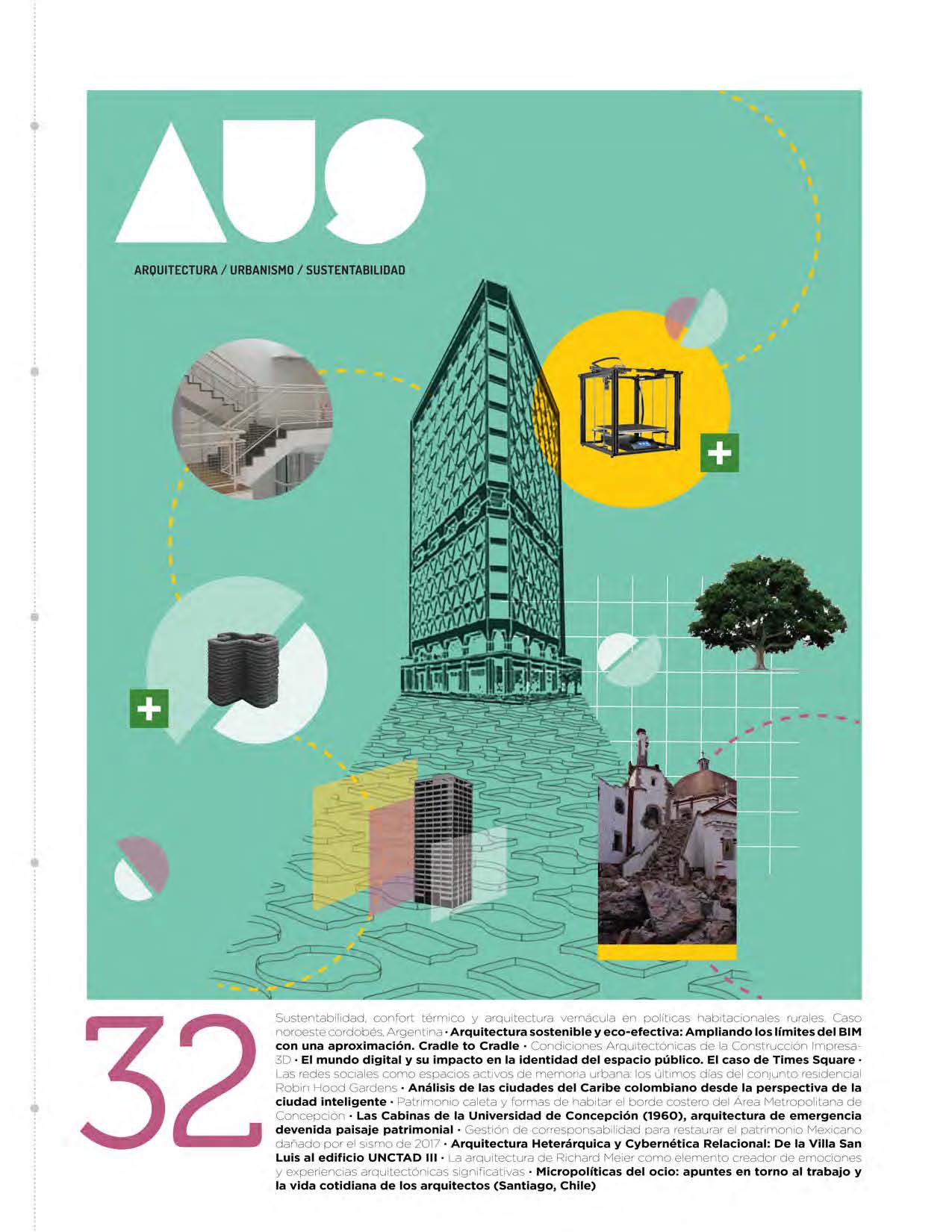Social Networks as Active Spaces of Urban Memory: The Last Days of the Robin Hood Gardens Residential Complex
Main Article Content
Abstract
The demolition of the Robin Hood Gardens housing development, designed by Alison and Peter Smithson, triggered massive media reactions in the context of brutalism’s regained popularity. As a result, the study explores the discourses expressed by the public through Instagram. This social media is understood as a collective space that influences how we appreciate and value the built environment. For this purpose, a mixed methodology was used. The material was analyzed quantitatively and qualitatively, incorporating the visual content analysis proposed by Gillian Rose. The findings reveal how images and comments by anonymous authors intersect with historical and theoretical realities about brutalism, while at the same time a sudden affection for the whole emerges. Finally, the article reflects on the use of these media in research and questions the overvaluation of architectural elements compared to those associated with the function of inhabiting, reminding us of the question raised by Banham in 1966 as to whether brutalism is ethical or aesthetic.

